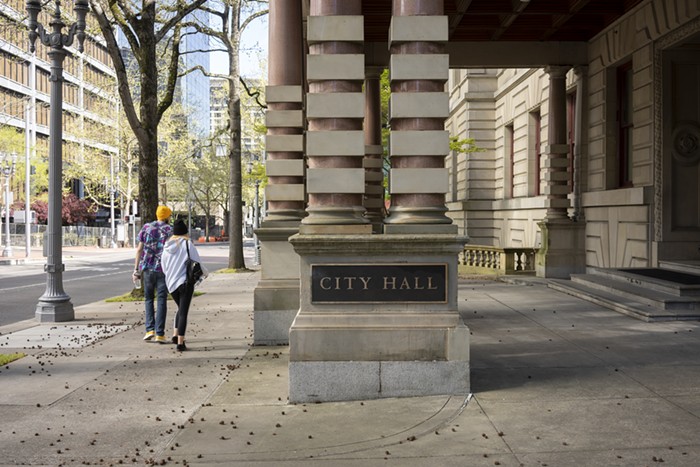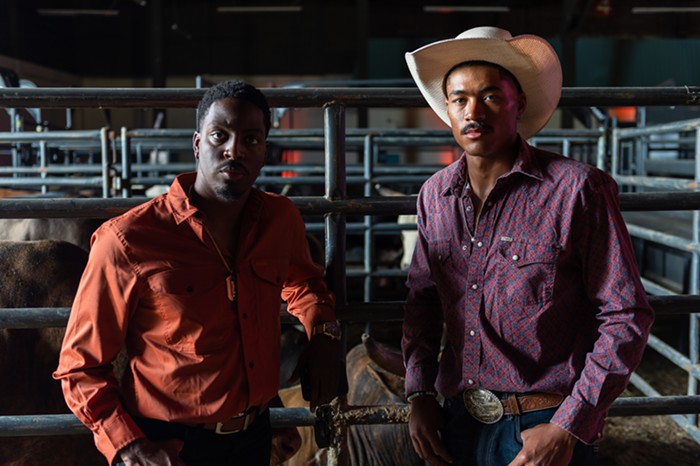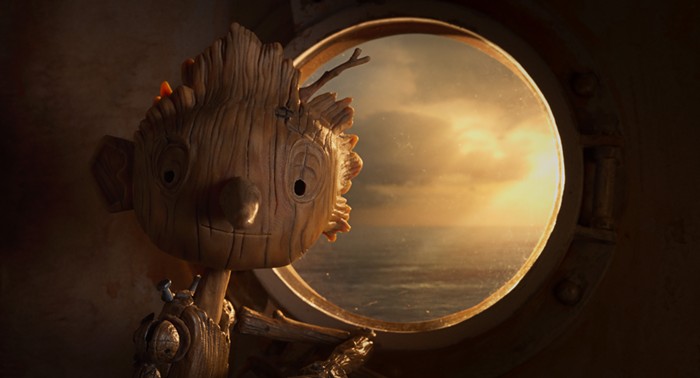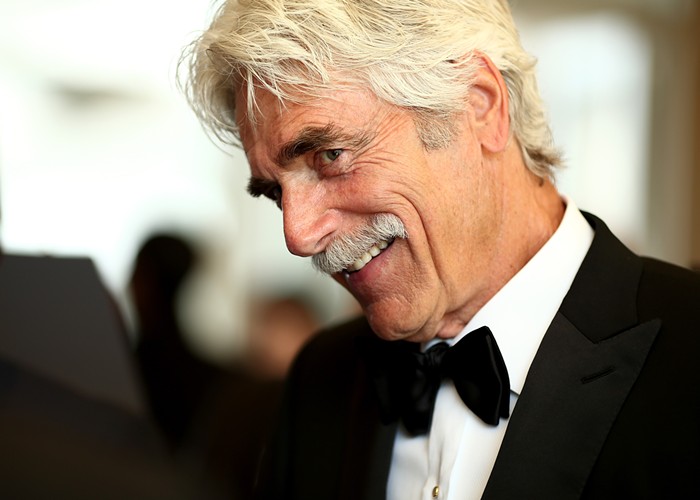POLISH DIRECTOR Lech Majewski's The Mill and the Cross is a cinematic application of the idea of a tableau vivant. The artistically minded filmmaker has created a study of Pieter Bruegel's painting The Procession to Calvary. At only 48 inches by 67 inches, Bruegel's 1564 painting packs in a lot of detail, depicting a full scene with at least a hundred characters interacting on the day of Christ's death. Jesus himself is at the center, hidden under the cross that is his burden. A mill on a rocky hill looks down on humanity—Bruegel's metaphoric stand-in for God.
The Mill and the Cross essentially creates the backstory of this masterpiece. Rutger Hauer stars as the painter, roaming the countryside observing the lives that would populate his canvas. Or is he just imagining these people and places? Majewski's film operates in a netherworld somewhere within the artistic impulse. Hauer sometimes walks fields of actual grass and sometimes stands in front of greenscreens projecting Bruegel's painted backgrounds. (Imagine a Zack Snyder/Peter Greenaway mash-up.) In the film, Spanish soldiers terrorize Belgian peasants as they would have in real life—yet there's that miller, high above, judging them all.
Majewski's film is a vivacious reimagining of fine art, blurring the lines between metaphor, expression, and history. As the painter, Hauer is pensive and driven. His vision of the world is as all-encompassing as his ultimate composition. Icarus is as important in his vocabulary as Jesus, and no matter how abstract or seemingly inconsequential his depiction of each individual, he still sees each as having a rich existence. This same impulse fuels Majewski, who examines every choice Bruegel made with equal curiosity. It's as colorful as it is demanding, encouraging modern audiences to forego passive viewing and interact with art as a living thing.



















